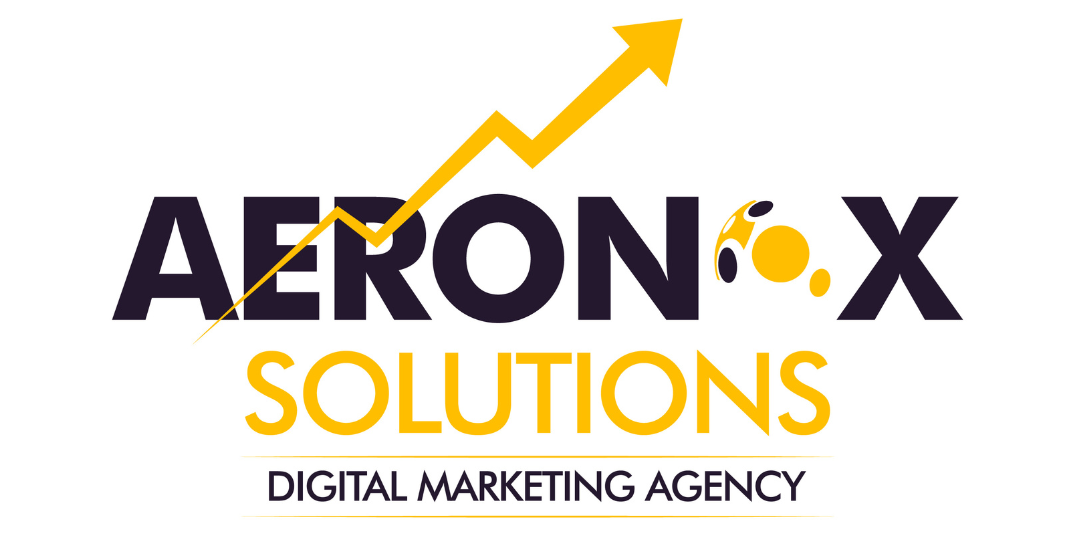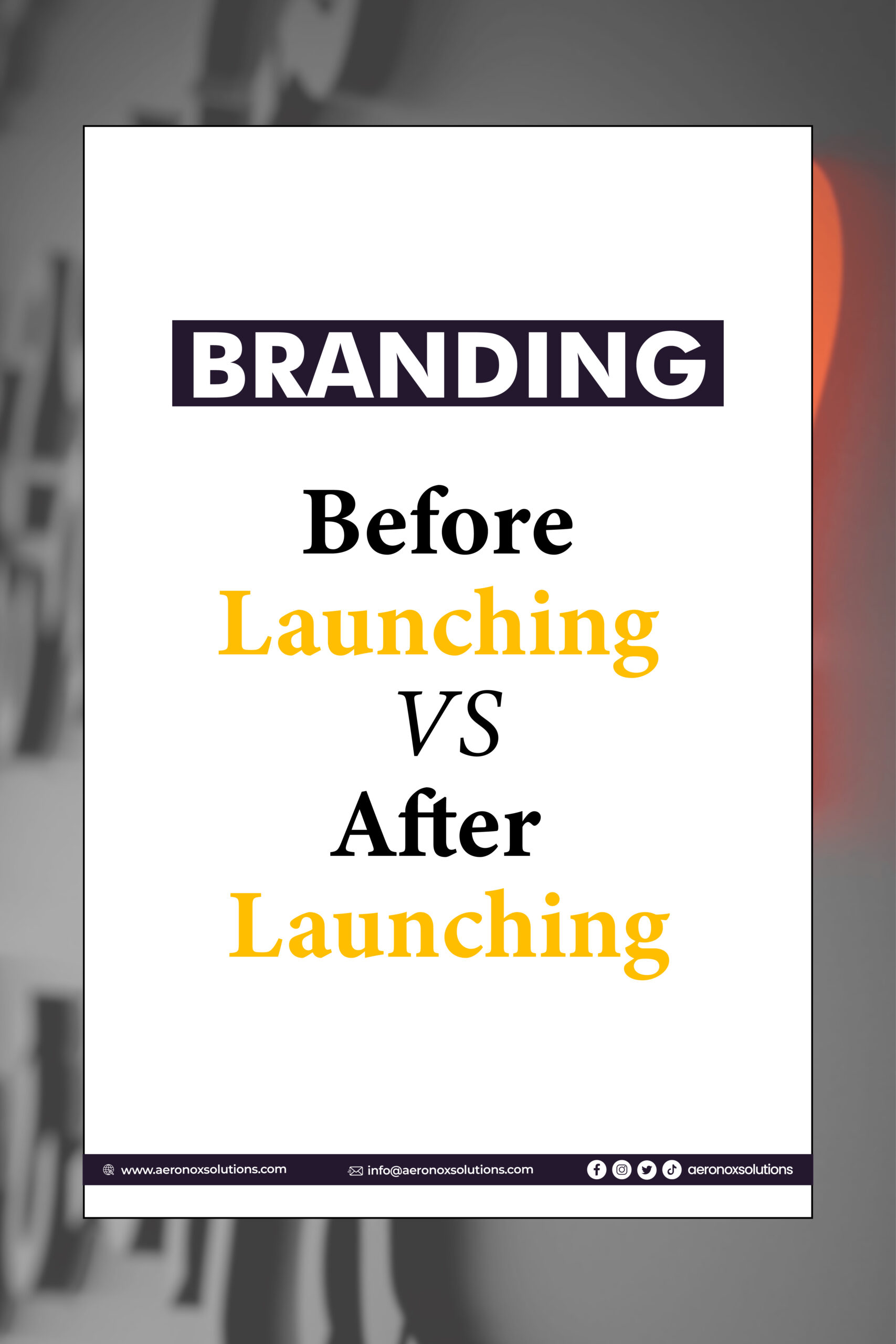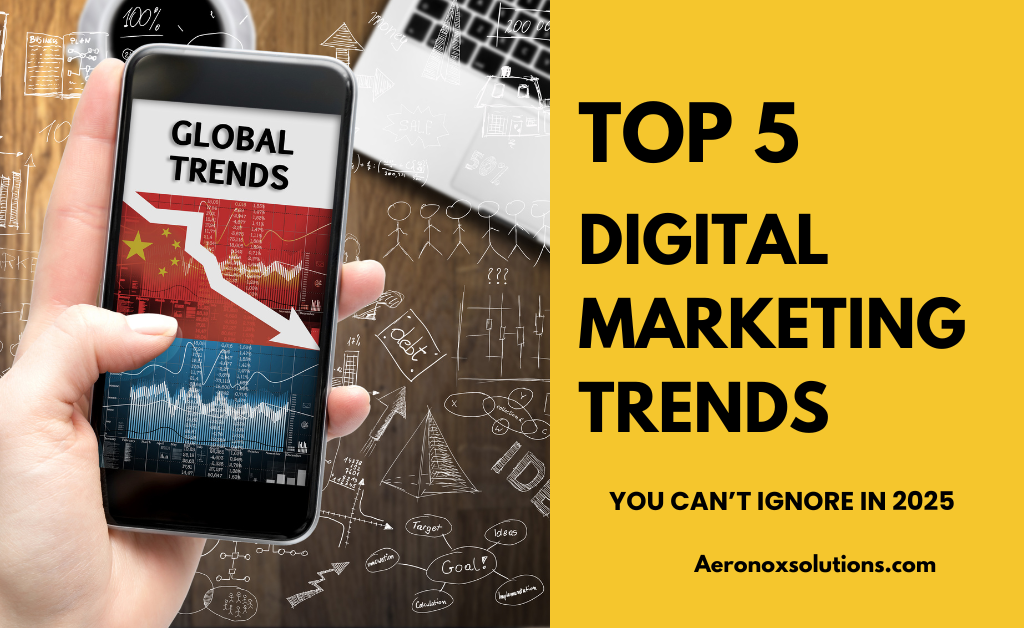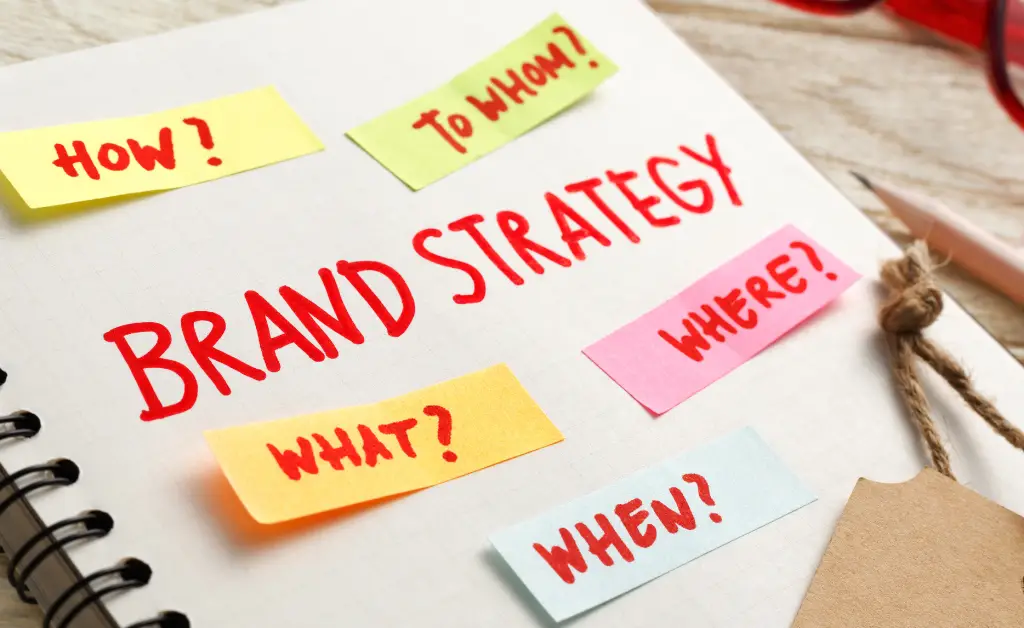
Branding is one of the most powerful tools in the world of business, but have you ever wondered where it all began? The concept of branding isn’t a modern invention also, it dates back thousands of years. From ancient artisans marking their pottery to medieval merchants using symbols to distinguish their goods, branding has always been about creating a unique identity.
Fast forward to today, and branding has evolved into a sophisticated strategy that shapes how businesses connect with their audiences. But here’s the million-dollar question: What is the best time to start branding? Is it when you launch your business, or should you wait until you’ve established a foothold in the market? The truth is, branding isn’t a one-time event, it’s an ongoing process. However, the sooner you start, the better. In your startup of a small business, or an established company, building a strong brand from the outset can set the tone for your success.
In this blog, we’ll explore the origins of branding, why it’s so crucial in today’s competitive landscape, and how to identify the perfect time to invest in your brand. This guide will help you navigate the journey of creating a lasting impression.
What Is Branding for Me?
Branding, at its core, is about identity and perception. It’s the story you tell the world about who you are, what you stand for, and why you matter. For me, branding is more than just a logo or a catchy tagline, it’s the emotional connection I create with my audience. It’s how I differentiate myself in a crowded marketplace and leave a lasting impression.
For example, if I’m a business owner, branding is how I communicate my values, mission, and unique selling points to my customers. It’s the promise I make to them and the experience I deliver. If I’m a freelancer or creative professional, branding is how I showcase my skills, personality, and expertise to attract the right clients or opportunities.
But branding isn’t just about outward expression, it’s also about introspection. It’s about understanding my strengths, values, and goals, and aligning them with how I present myself to the world. It’s about being authentic and consistent, so my audience knows exactly what to expect from me.
In short, branding for me is a journey of self-discovery and intentional communication. It’s about building trust, creating value, and standing out in a way that feels true to who I am.
What is the Best Time to Start Branding?
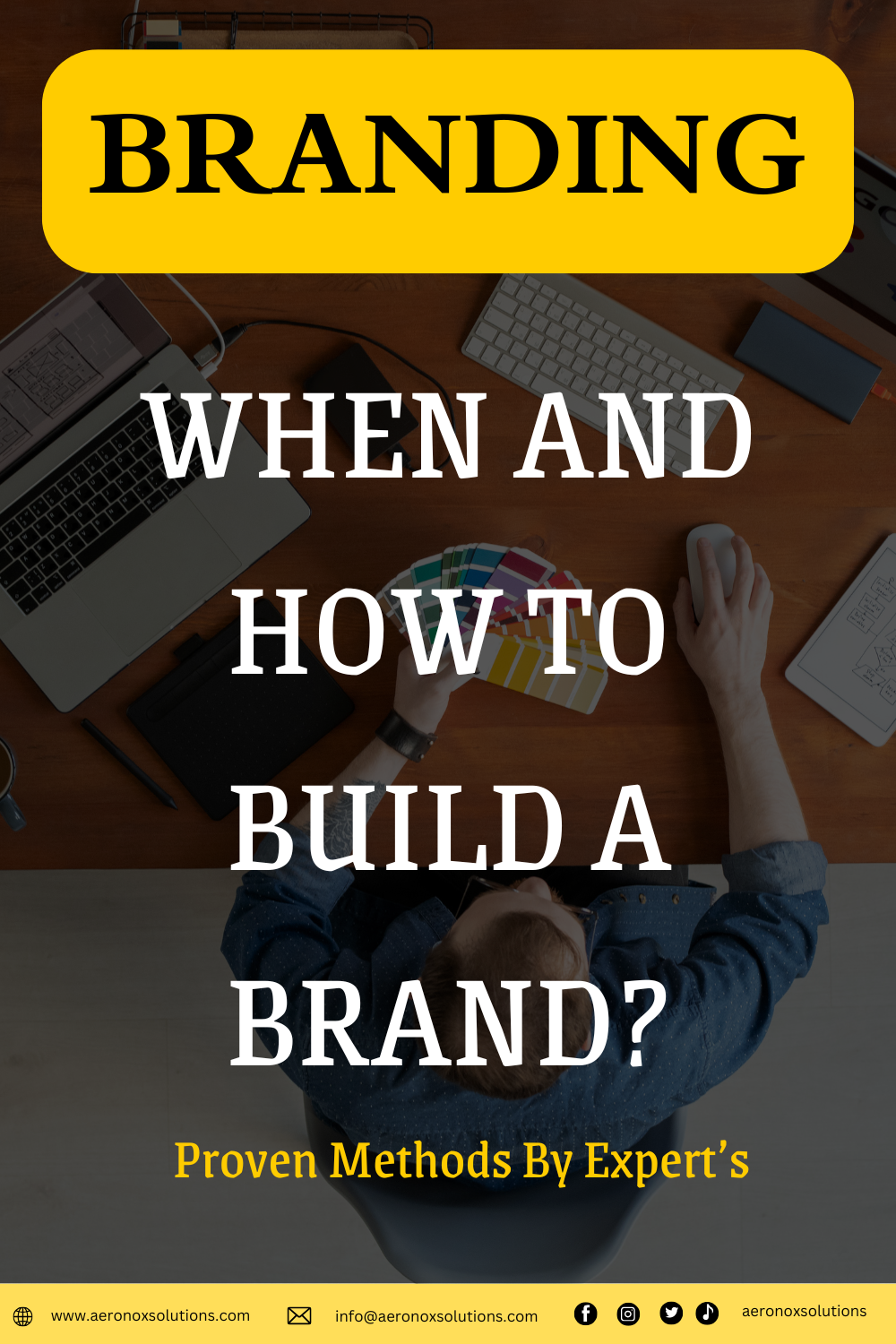
The best time to start branding is now. Branding isn’t something you delay until you’re “ready” or until you’ve achieved a certain level of success. It’s a foundational element that shapes how your audience perceives you from the very beginning.
Timing does matter, but it’s less about perfection and more about intention. At the launch stage, you don’t need a fully polished logo or a 50-page brand guideline (though those help eventually). What you need is clarity on who you are, what you’re solving, and why anyone should care. That’s the seed of your brand. For example, think of a startup like Dropbox: their early branding wasn’t flashy, but it was clear simple file-sharing, no nonsense. That consistency from the get-go built trust fast.
READ ALSO: 15 Best Ways to Increase Website Traffic
1. At the Launch of Your Business or Project
a. Stand Out in a Competitive Market
-
- Why It Matters: In 2025, every niche is crowded. If you’re selling software, coffee, or handmade jewelry. Without a clear brand, you’re just another faceless option. Branding gives you an edge by making you memorable and distinct, even if your product isn’t revolutionary.
- Breakdown: This isn’t about having the biggest budget or the flashiest ads. It’s about owning a specific space in people’s minds. Think of Mailchimp’s early days, email marketing was boring, but their quirky monkey mascot and playful tone made them stand out among stiff competitors like Constant Contact.
- How to Approach It: Identify what’s unique about you. Maybe it’s your vibe (irreverent, minimalist, luxe), your origin story, or your audience focus. Then amplify it. A distinct color scheme, a catchy tagline, or even a bold stance can do it. Test: if someone saw your logo or heard your pitch, could they pick you out of a lineup?
- Pitfall of Waiting: If you delay, you’re stuck reacting to the market instead of shaping it. Someone else could claim the “fun” or “trustworthy” slot in your space first.
b. Build Trust and Credibility with Your Audience
-
- Why It Matters: People don’t buy from brands they don’t trust, especially early on when you have no track record. A defined brand signals you’re serious, not some fly-by-night operation. It’s like showing up to a first date dressed sharp instead of in sweatpants.
- Breakdown: Trust comes from consistency and clarity. If your name, visuals, and messaging align, it feels like you’ve got your act together. Look at Patagonia ,they launched with a rugged, eco-conscious identity, and even before they were huge, that coherence made them credible to outdoor buffs.
- How to Approach It: Start with the basics: a name that fits, a simple design (logo, colors), and a promise you can keep (e.g., “fastest delivery” or “no-BS advice”). Deliver on it every time. Even a small personal project can ooze credibility if it looks intentional, think a blog with a clean header vs. a generic WordPress template.
- Pitfall of Waiting: Without branding, early customers might see you as a unreliable. First impressions stick good luck undoing “cheap knockoff” vibes later.
c. Create a Clear and Consistent Message That Resonates
-
- Why It Matters: Your audience won’t guess what you’re about they’ll move on. A sharp brand message tells them instantly why you’re worth their time. It’s the difference between “we sell shoes” and “we empower you to run your best race.”
- Breakdown: Resonance comes when your message hits a nerve solves a problem, sparks joy, or fits their identity. Allbirds launched with “sustainable comfort,” not just “shoes,” and that clarity hooked eco-minded buyers. Consistency keeps that hook in place across every touchpoint.
- How to Approach It: Boil your purpose down to a sentence: “We help X do Y with Z.” (e.g., “We help freelancers save time with simple tools.”) Then echo it everywhere website, socials, packaging. Don’t overcomplicate it, early branding thrives on simplicity.
- Pitfall of Waiting: If your message shifts week to week while you “figure it out,” you confuse people. Confusion kills momentum then why would they follow or buy if they don’t get you?
2. When You’re Rebranding
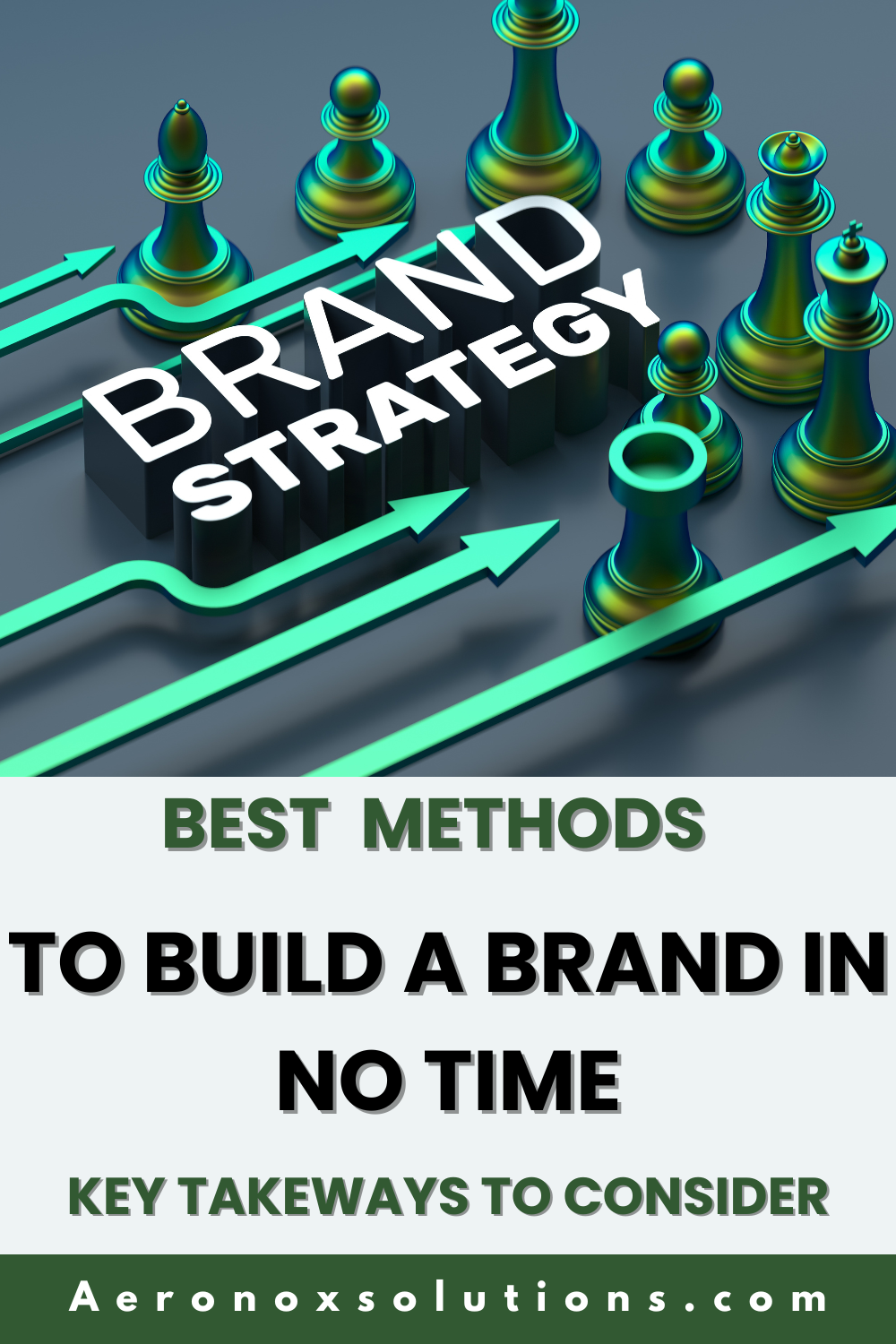
Change is inevitable, markets shift, audiences evolve, and sometimes your original vision doesn’t fit anymore. Branding during a pivot or rebrand isn’t just reactive; it’s a chance to proactively redefine your story. Done right, it keeps you relevant and re-energizes your connection with people. Done wrong, you risk losing them entirely.
a. If Your Business Is Expanding into New Markets
- What’s Happening: Say you’re a local coffee roaster going national, or a B2B software now targeting consumers. Your old brand might scream “small-town charm” or “tech nerds only,” which won’t fly with the new crowd.
- Why Branding Now: The expansion demands a broader, more adaptable identity. Starbucks didn’t stay a Seattle coffee bean seller, they branded for global appeal early in their growth. Your brand needs to stretch without snapping.
- How to Approach It: Audit what works (e.g., your quality focus) and what doesn’t (e.g., hyper-local vibes). Update your messaging to bridge old and new audiences, “craft coffee for everyone” instead of “your neighborhood brew.” Visuals might need a glow-up too sleeker, less niche. Test it with both markets to avoid alienating your base.
b. If You’re Rebranding to Stay Relevant
- What’s Happening: Maybe your industry’s trends shifted , or your audience aged out, or your old look feels dated. Rebranding here is about catching up and leaping ahead.
- Why Branding Now: Stagnation kills. Look at Old Spice, once a grandpa scent, they pivoted to irreverent humor and bold visuals, snagging a younger crowd. A rebrand signals you’re still in the game and listening to what people want now.
- How to Approach It: Dig into your values, what’s timeless vs. what’s tired? Old Spice kept “masculinity” but ditched the stuffy vibe. Rewrite your messaging to match today’s tone (sharp, witty, whatever fits). Visuals are huge here new logo, colors, or even packaging can scream “we’re back.” Research competitors and your audience’s current mood to nail the shift.
- Rebranding Beyond the Logo: You’re spot-on that it’s more than a design swap. It’s a full realignment values, voice, experience. Take Slack’s 2019 rebrand: they ditched the hashtag logo for a cleaner look, but the real win was clarifying their “team collaboration” promise as they scaled. It’s about syncing your brand with where you’re headed and what your audience expects today.
- How to Approach It Practically: Start with why you’re pivoting—what’s the goal? (Growth, relevance, new direction?) Then map your current brand against that: what stays, what goes? Involve your audience if you can—surveys, X polls, or beta feedback. Roll it out with a story, “we’ve evolved because you have” so it feels intentional, not random.
- Pitfall of Delaying: If you pivot without rebranding, you’re dragging old baggage into new territory. Customers get confused (“wait, they do that now?”), and competitors with sharper identities swoop in. Inconsistency during a change is a death knell—people hate uncertainty.
